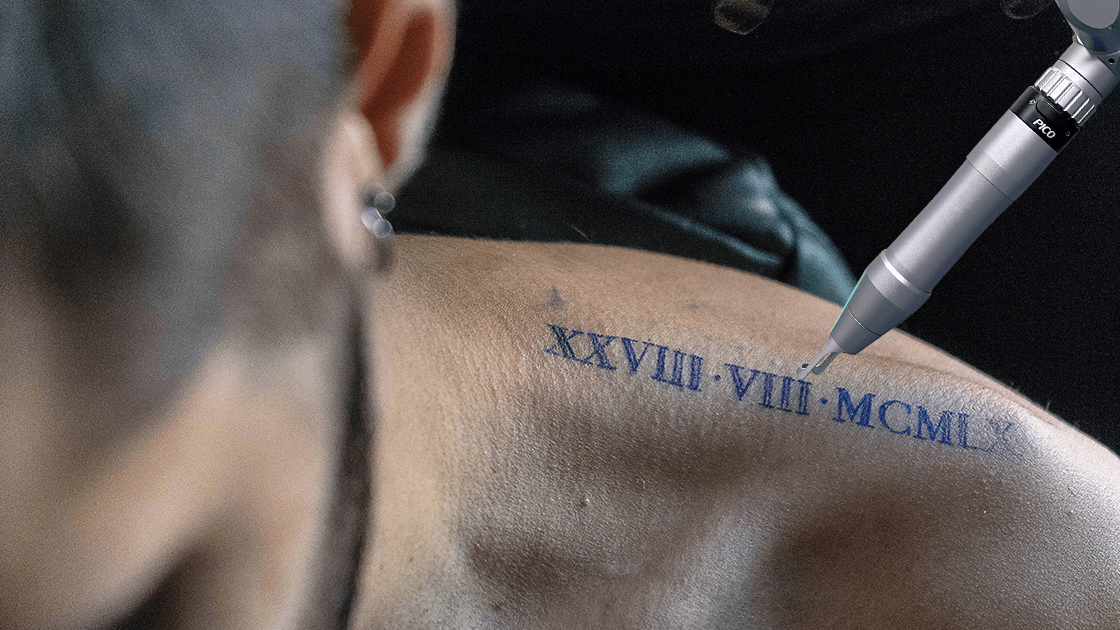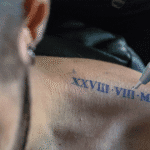Introduction: The Importance of Tattoo Removal Aftercare
When considering laser tattoo removal, many people worry: does it leave scars? The answer largely depends on how well you follow tattoo removal aftercare tips. Proper aftercare is crucial for minimizing the risk of scarring and ensuring the best results from your treatment. By adhering to a few essential aftercare steps, you can significantly enhance your healing process and achieve clearer skin.
Understanding the Healing Process
After undergoing laser tattoo removal, your skin enters a healing phase. Initially, you may experience redness, swelling, and tenderness in the treated area. Understanding this healing timeline is key to setting realistic expectations and preparing for the care your skin will need during this period.
Essential Tattoo Removal Aftercare Tips for Optimal Healing
Keeping the Area Clean: Best Practices for Washing and Drying
Maintaining cleanliness is essential for effective tattoo removal aftercare. Gently wash the treated area with mild soap and lukewarm water. Avoid scrubbing; instead, pat the area dry with a clean towel. Keeping the skin clean helps prevent infection and minimizes scarring.
Moisturizing: Choosing the Right Products to Promote Healing
Hydration is critical for healing skin in tattoo removal aftercare. Opt for a fragrance-free moisturizer or healing ointment recommended by your practitioner. Regularly applying moisturizer will keep the skin hydrated and support the recovery process, reducing the chances of scars.
Sun Protection: Shielding Your Skin
Protecting the treated area from sun exposure is vital. UV rays can lead to discoloration and increase scarring risks. Use a broad-spectrum sunscreen with an SPF of at least 30, and wear protective clothing when outdoors. Avoid sun exposure entirely until the area has healed.
Avoiding Irritants: What to Stay Away From
Certain products and activities can irritate healing skin. As part of your tattoo removal aftercare, avoid exfoliants, harsh scrubs, or any topical medications not recommended by your practitioner. Stay away from swimming pools, saunas, and hot tubs until the skin has healed completely.
Hydration and Nutrition: Fueling Your Recovery
Staying hydrated is crucial for skin healing. Drink plenty of water and eat nutrient-rich foods. Foods high in vitamins C and E, as well as zinc, can support skin repair and boost your immune system during your recovery.
Monitoring Your Progress: Recognizing Warning Signs
As your skin heals, monitor for unusual changes. Some redness and swelling are normal, but if you notice increasing pain, pus, or prolonged redness, contact your practitioner. Early intervention can prevent complications and scarring.
The Role of Professional Follow-Ups
Follow-up appointments with your tattoo removal specialist are essential. These visits allow your practitioner to assess your healing progress and adjust your aftercare plan if necessary. Professional guidance is invaluable in ensuring your skin heals properly.
Conclusion: Your Path to a Scar-Free Finish
In conclusion, the risk of scarring from laser tattoo removal can be minimized by following effective tattoo removal aftercare tips. By adhering to essential aftercare strategies, you can ensure a smoother healing process and achieve the best results. With patience and care, you can confidently navigate your tattoo removal journey and look forward to a scar-free finish!








